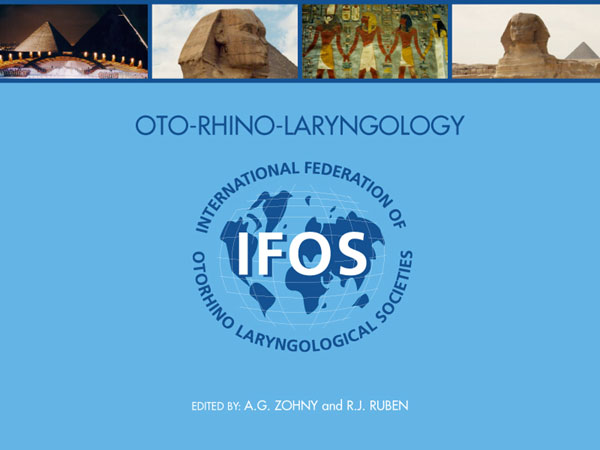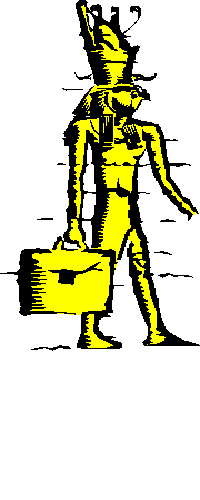doi:10.1016/S0531-5131(03)01046-X


1- Microendoscopic Transseptal Transsphenoid Excision of Pituitary Macroadenomas
Keywords: Transsphenoid approach; Pituitary macroadenomas; Video demonstration
© 2003 International Federation of
Otorhinolaryngological Societies (IFOS) All Rights Reserved.
doi:10.1016/S0531-5131(03)01046-X


The transsphenoid approach is the standard approach to the sella and parasellar region of the skull base. The transseptal and the endonasal sphenoidotomy routes are direct midline approaches and therefore safer than oblique approaches such as the transethmosphenoid approach. In this video demonstration, the superiority of the transseptal route over the endonasal sphenoidotomy route is highlighted. The advantage of combined use of endoscopes and microscope is also documented. The purpose of this video presentation is to discuss the operative details of the procedure.
In all patients with pituitary macroadenomas, the transseptal transsphenoid approach was used under optimal visualization and illumination, using both angled endoscopes and the microscope. With the endoscopic technique, most of the surgical steps are performed. The endoscopic view provides superior perception of anatomy, and therefore avoidance of possible complications. The microscopic view with its magnification and antireflective nature of its lens system provides superior perception of tissue fine details and with its stable operative view is suitable for in focus free bimanual delicate manipulation of midline structures such as in dissection of tumor capsule from dura, cavernous sinuses and arachnoid.
Since 1989, a total of 354 pituitary macroadenomas underwent selective adenomectomy with preservation of the normal glandular tissues using this technique.
The transseptal approach is superior to endonasal sphenoidotomy approach in preserving nasal anatomy, mucosa and function. It is an extramucosal route respecting nasal mucosa, preserving middle turbinate and permitting better control of possible CSF leaks. It also provides easy manipulation of instruments and the combined use of microscopes and endoscopes.